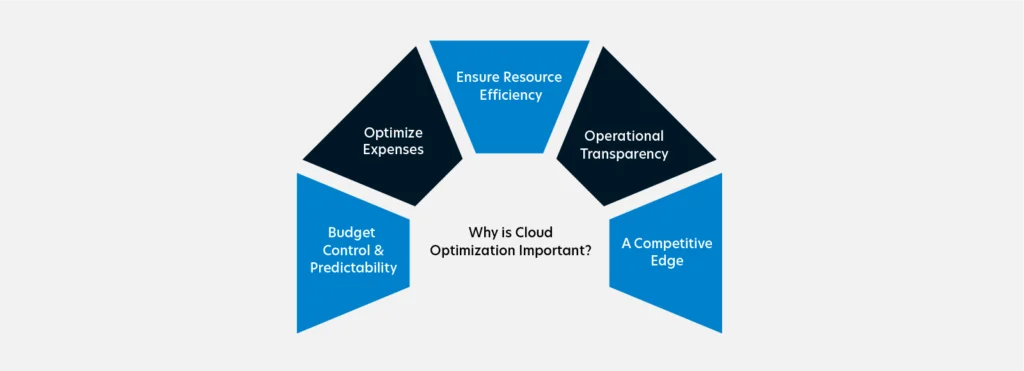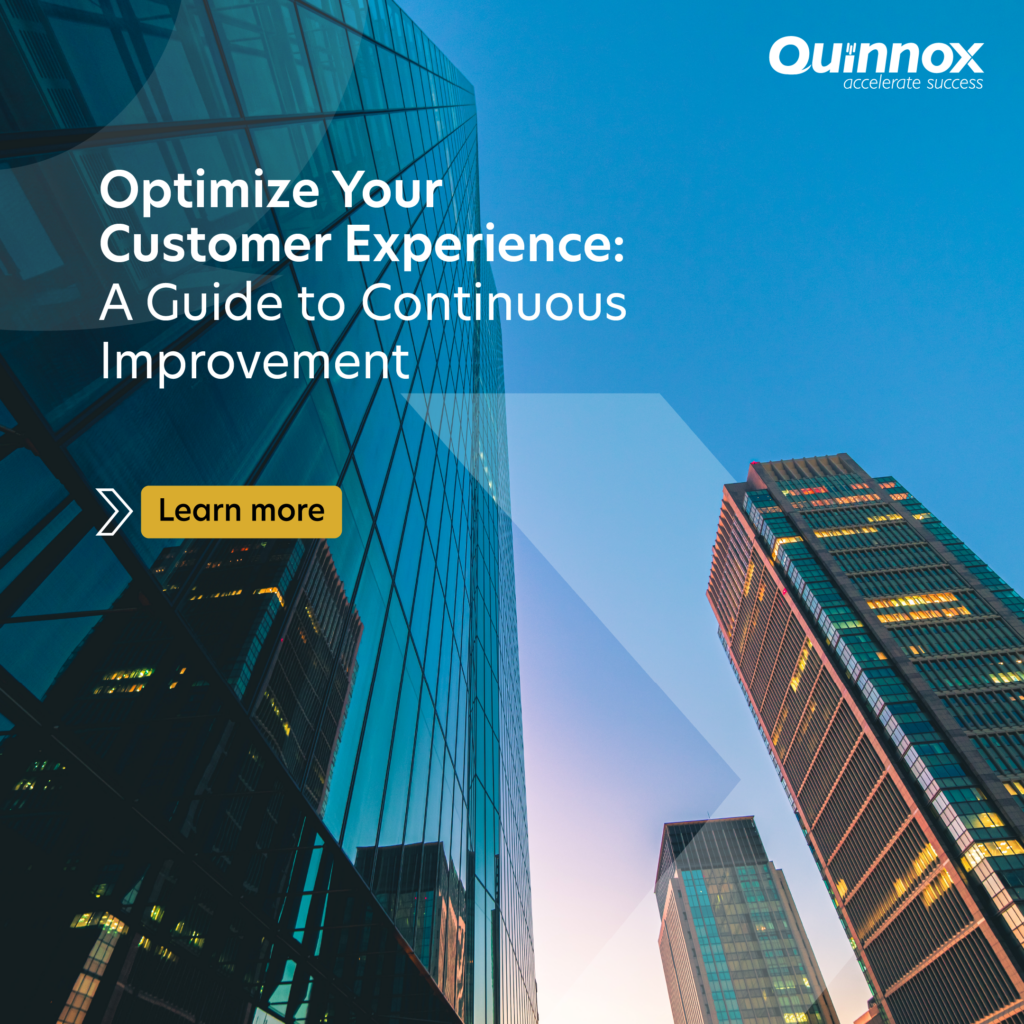The Evolution of Efficiency: How AI in Business Process Automation Is Changing the Game
Business process automation can boost performance with smarter automation solutions and can unlock AI potential for sustainable business growth
Read moreAutomation in IT operations enable agility, resilience, and operational excellence, paving the way for organizations to adapt swiftly to changing environments, deliver superior services, and achieve sustainable success in today's dynamic digital landscape.
Next-generation application management fueled by AIOps is revolutionizing how organizations monitor performance, modernize applications, and manage the entire application lifecycle.
AIOps and analytics foster a culture of continuous improvement by providing organizations with actionable intelligence to optimize workflows, enhance service quality, and align IT operations with business goals.
Companies are actively increasing their business resiliency by going full out on their cloud programs. While it has worked well, companies are still increasing their cloud spend as much as 20% to 30% each year.
The increased investments are dedicated towards building software development platforms and tools, IT operations and digital experiences. The elasticity and scalability of cloud computing can bring tremendous benefits, but without proper oversight, cloud costs can spiral out of control. This is where cloud automation tools can play a pivotal role in driving cost optimization.
Manually provisioning and managing cloud resources is a complex, time-consuming, and error-prone process. Repetitive tasks like configuring virtual machines, setting up networking, and scaling resources can consume significant IT resources. Cloud automation eliminates these manual efforts, allowing organizations to provision infrastructure and applications quickly and reliably.
High cloud costs often stem from inefficient management. Many organizations fail to balance resource demands with expenditures, leading to wastage. Effective management requires understanding actual resource needs, optimizing configurations, and enforcing cost control measures.
Businesses are generating more data than ever, with global data expected to surpass 175 zettabytes by 2025. This rapid increase in data volume requires more storage, often leading to overprovisioning of resources to ensure capacity, driving up costs.
Optimizing storage demands often requires custom tool development, as cloud service providers offer limited capabilities. Building these tools demands significant DevOps efforts, and relying on cloud service providers can lead to suboptimal and labor-intensive processes, increasing expenses.
To avoid application downtime, organizations frequently overprovision resources. This ensures operational stability but leads to higher costs due to the allocation of excessive resources, which could have been managed more efficiently.

Cloud cost optimization through automation is a game-changing strategy for enterprises looking to maximize the efficiency and cost-effectiveness of their cloud infrastructure. By leveraging automation tools and techniques, organizations can proactively manage and optimize their cloud resources to align with actual usage, resulting in significant cost savings and improved operational efficiency.
We recommend automation to eradicate these challenges, enabling enterprises to implement a fully automated strategy for cost optimization. Follow these strategies-
Automation tools gather and analyze data from different cloud providers, offering comprehensive insights into spending patterns, cost allocation, and trends. These tools generate detailed reports and dashboards, facilitating better decision-making, budget planning, and the identification of cost-saving opportunities. Tools like Google Cloud Monitoring can provide real-time insights into resource utilization and operational data, helping organizations understand their cloud expenses more thoroughly.
By leveraging detailed breakdowns available in cost visibility tools, organizations can enhance their understanding of the cost components associated with different cloud services. This detailed analysis allows for more precise cost forecasting, taking into account specific service costs and their impact on the overall budget. Accurate forecasts help organizations plan more effectively and avoid unexpected expenses.
Autoscaling technologies dynamically allocate resources based on workload demands, ensuring efficient resource utilization and enhancing availability. Automation tools combined with advanced monitoring capabilities enable accurate workload forecasting and effective autoscaling implementation. This ensures that resources are used optimally, reducing waste and lowering costs.
One major public-sector agency, for example, achieved around 20% savings by:
Automation tools assist in managing data lifecycle processes such as archival, tiering, and expiration based on predefined policies. By automating these processes, organizations can optimize storage costs and eliminate unnecessary expenses associated with retaining outdated or unused data for better cost efficiency.
Automation-powered CI/CD practices automate the software building, testing, and deployment processes, minimizing errors and maintaining consistent release procedures. This leads to higher efficiency and faster delivery of software to production environments, fostering agility and competitiveness. Automated CI/CD pipelines also reduce the manual workload, allowing IT teams to focus more on strategic tasks.
Establishing a cross-functional team is one of the best practices in cloud cost management. The team will be responsible to set best practices, governance, and standards for cloud usage across an organization. This centralized approach helps in ensuring cloud resource utilization and efficiency.
The rise in data volumes and operational complexities highlights the necessity of an automated cloud cost optimization solution. Automation not only simplifies the management of cloud resources but also enhances efficiency and reduces costs. Automated tools provide real-time insights, allowing for dynamic adjustments of compute and storage resources to match demand, thereby reducing the risks associated with overprovisioning. These strategies not only optimize costs but also ensure operational stability and agility, enabling businesses to allocate their budget to other business needs.
In conclusion, cloud cost optimization through automation empowers organizations to achieve greater financial efficiency, scalability, and agility in their cloud operations. By automating resource provisioning, scaling, rightsizing, and cost management processes, organizations can unlock the full potential of their cloud investments, drive operational excellence, and ensure that cloud resources are utilized strategically to align with business objectives while keeping costs in check.




Want to know more about CX? Read interesting blogs below!
Business process automation can boost performance with smarter automation solutions and can unlock AI potential for sustainable business growth
Read moreEmbracing cutting-edge automation technologies with top business process automation trends in 2024 and learn how hyperautomation can drive business innovation and efficiency
Read moreBusinesses can ride the wave of automation and innovation with AIOps and gain sustainable growth advantage for measurable success
Read moreGet in touch with Quinnox Inc to understand how we can accelerate success for you.